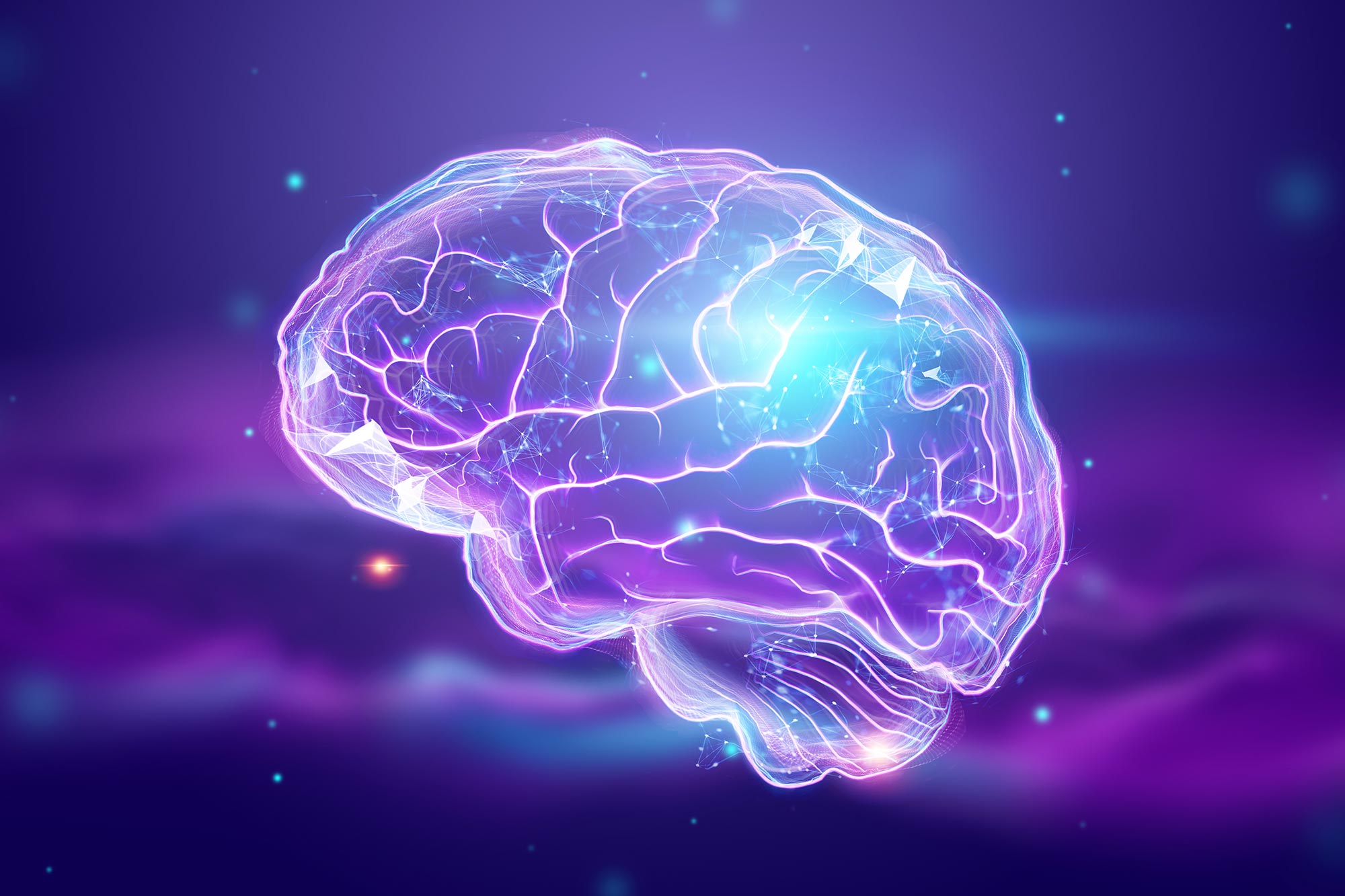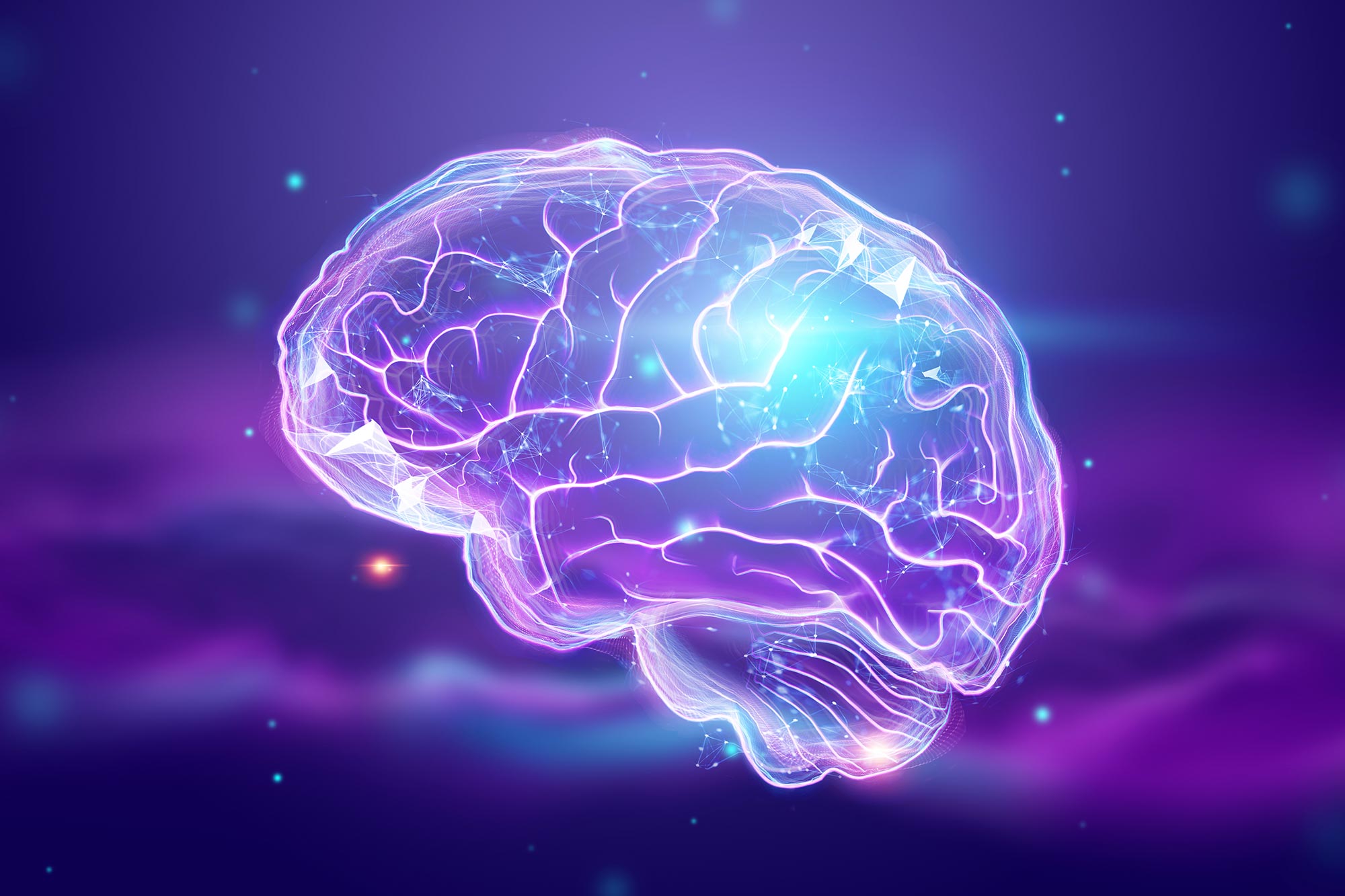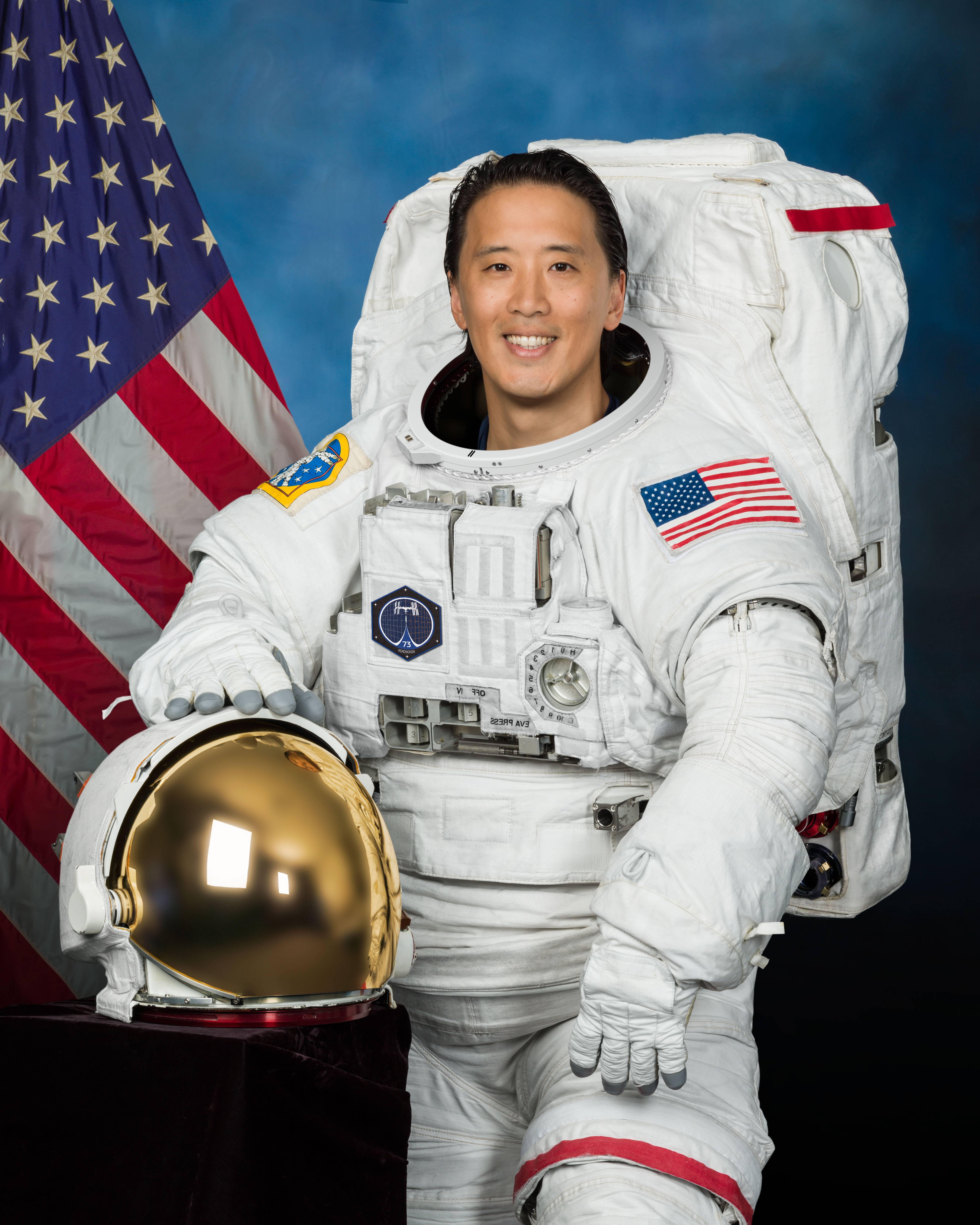
Bewegung kann die Gesundheit des Gehirns direkt verbessern, indem sie die Entwicklung von Neuronen im Hippocampus fördert, wobei Astrozyten eine wichtige Rolle bei der Vermittlung der Effekte spielen. Diese Forschung könnte zu übungsbasierten Therapien für kognitive Störungen wie der Alzheimer-Krankheit führen.
Die Untersuchung der chemischen Signale, die durch die Kontraktion von Muskelzellen erzeugt werden, weist auf Möglichkeiten hin, die Gehirngesundheit durch körperliche Betätigung zu verbessern.
Beckmans Forscher untersuchten, wie chemische Signale kontrahierender Muskeln ein gesundes Gehirn fördern. Ihre Ergebnisse zeigen, wie diese Signale die Entwicklung und Regulierung neuer Gehirnnetzwerke unterstützen und weisen gleichzeitig auf Möglichkeiten hin, die Gehirngesundheit durch Bewegung zu verbessern.
Körperliche Aktivität wird oft als Möglichkeit zur Verbesserung der körperlichen und geistigen Gesundheit genannt. Forscher am Beckman Institute for Advanced Science and Technology haben gezeigt, dass es auch die Gehirngesundheit direkter verbessern kann. Sie untersuchten, wie die chemischen Signale von Muskelübungen das Wachstum von Neuronen im Gehirn fördern.
Ihre Arbeit wurde in der Zeitschrift veröffentlicht Neurologie.
Wenn sich Muskeln während des Trainings zusammenziehen, beispielsweise der Bizeps beim Heben schwerer Gewichte, geben sie verschiedene Verbindungen in den Blutkreislauf ab. Diese Verbindungen können in verschiedene Teile des Körpers gelangen, einschließlich des Gehirns. Die Forscher waren besonders daran interessiert, wie Bewegung einem bestimmten Teil des Gehirns, dem Hippocampus, zugute kommen könnte.
„Der Hippocampus ist eine wichtige Region für Lernen und Gedächtnis und damit für die kognitive Gesundheit“, sagte Ki Yun Lee, Ph.D. Student der Maschinenwissenschaften und Ingenieurwissenschaften an der University of Illinois, Urbana-Champaign, und Hauptautor der Studie. Daher könnte das Verständnis, wie Bewegung dem Hippocampus zugute kommt, zu übungsbasierten Therapien für eine Vielzahl von Erkrankungen führen, darunter:[{“ attribute=““>Alzheimer’s disease.

Hippocampal neurons (yellow) surrounded by astrocytes (green) in a cell culture from the study. Image provided by the authors. Credit: Image provided by the study authors: Taher Saif, Justin Rhodes, and Ki Yun Lee
To isolate the chemicals released by contracting muscles and test them on hippocampal neurons, the researchers collected small muscle cell samples from mice and grew them in cell culture dishes in the lab. When the muscle cells matured, they began to contract on their own, releasing their chemical signals into the cell culture.
The research team added the culture, which now contained the chemical signals from the mature muscle cells, to another culture containing hippocampal neurons and other support cells known as astrocytes. Using several measures, including immunofluorescent and calcium imaging to track cell growth and multi-electrode arrays to record neuronal electrical activity, they examined how exposure to these chemical signals affected the hippocampal cells.
The results were striking. Exposure to the chemical signals from contracting muscle cells caused hippocampal neurons to generate larger and more frequent electrical signals — a sign of robust growth and health. Within a few days, the neurons started firing these electrical signals more synchronously, suggesting that the neurons were forming a more mature network together and mimicking the organization of neurons in the brain.
However, the researchers still had questions about how these chemical signals led to growth and development of hippocampal neurons. To uncover more of the pathway linking exercise to better brain health, they next focused on the role of astrocytes in mediating this relationship.
“Astrocytes are the first responders in the brain before the compounds from muscles reach the neurons,” Lee said. Perhaps, then, they played a role in helping neurons respond to these signals.
The researchers found that removing astrocytes from the cell cultures caused the neurons to fire even more electrical signals, suggesting that without the astrocytes, the neurons continued to grow — perhaps to a point where they might become unmanageable.
“Astrocytes play a critical role in mediating the effects of exercise,” Lee said. “By regulating neuronal activity and preventing hyperexcitability of neurons, astrocytes contribute to the balance necessary for optimal brain function.”
Understanding the chemical pathway between muscle contraction and the growth and regulation of hippocampal neurons is just the first step in understanding how exercise helps improve brain health.
“Ultimately, our research may contribute to the development of more effective exercise regimens for cognitive disorders such as Alzheimer’s disease,” Lee said.
Reference: “Astrocyte-mediated Transduction of Muscle Fiber Contractions Synchronizes Hippocampal Neuronal Network Development” by Ki Yun Lee, Justin S. Rhodes and M. Taher A. Saif, 2 February 2023, Neuroscience.
DOI: 10.1016/j.neuroscience.2023.01.028
In addition to Lee, the team also included Beckman faculty members Justin Rhodes, a professor of psychology; and Taher Saif, a professor of mechanical science and engineering and bioengineering.
Funding: NIH/National Institutes of Health, National Science Foundation








